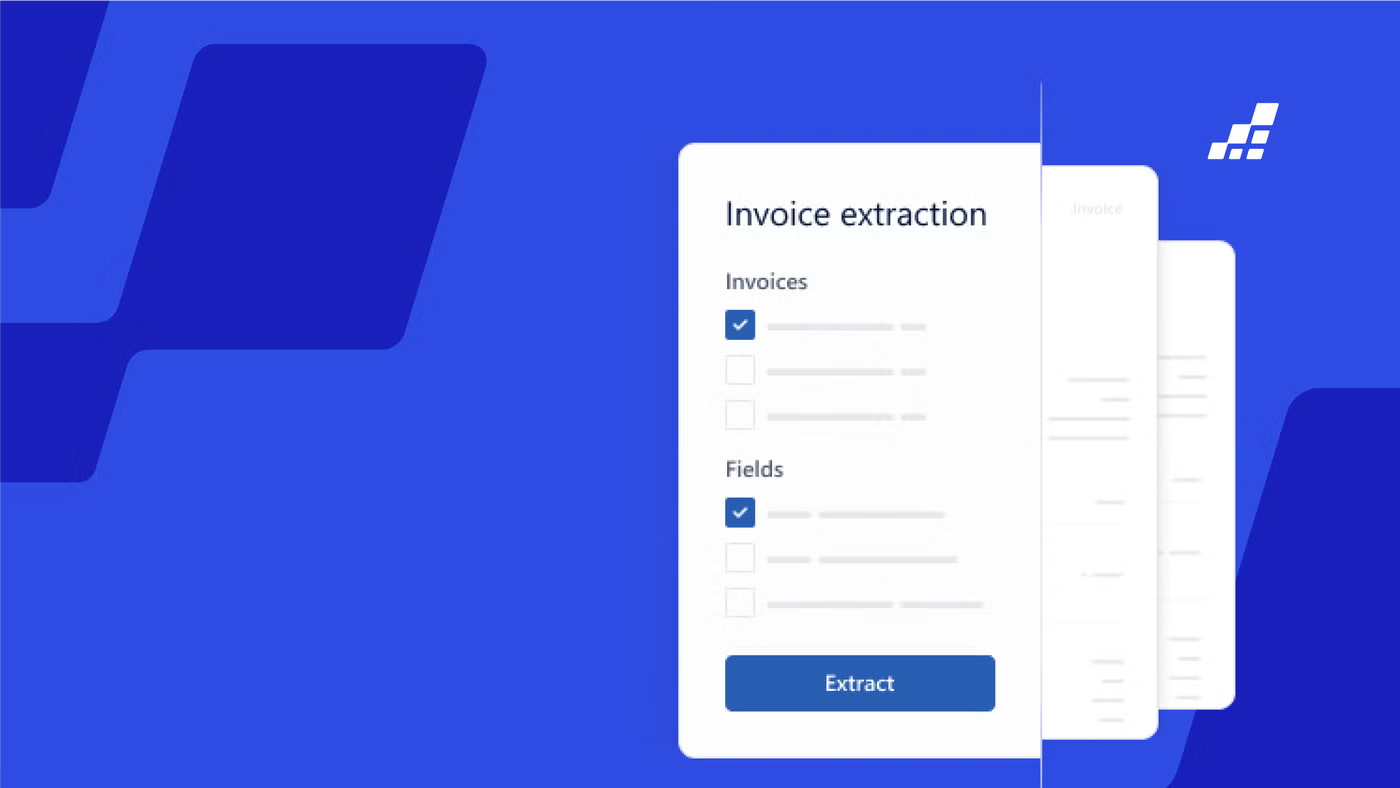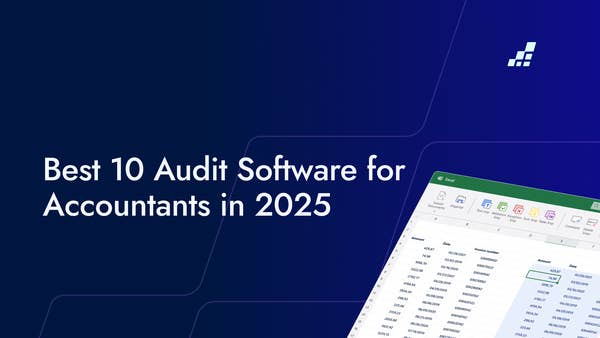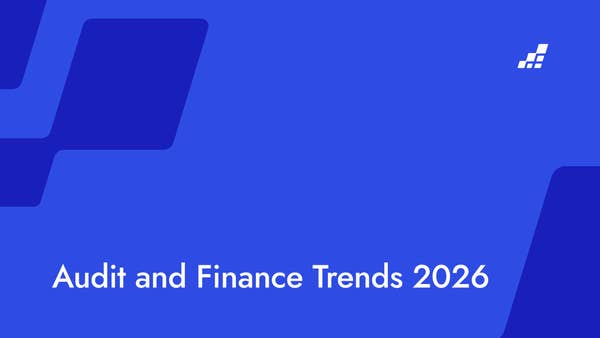- /
- Blog
Data Extraction from Invoices: 6 Best Practices for Auditors

Invoice processing is one of the most repetitive yet high-stakes parts of audit work. Every engagement involves pulling details like invoice numbers, dates, and amounts into Excel and verifying them against purchase orders or bank records. Done manually, it consumes hours and leaves room for mistakes. Done with automation, it becomes faster, more accurate, and fully auditable.
6 best practices for invoice extraction as an auditor
1. Standardize workflows and templates
Consistency is key in audit testing. Creating reusable templates in Excel ensures that invoice data is extracted and validated the same way across engagements. With automation, templates scale easily, so firms can enforce standard methods firm-wide.
2. Use source-linked field extraction
Modern tools allow auditors to extract specific fields: invoice numbers, amounts, supplier details—directly into Excel. Once a field is tagged, the same rule applies across similar invoices, saving hours when working with bulk data.
3. Automate cross-referencing and reconciliation
Auditors spend considerable time matching invoices against purchase orders, goods receipts, and payments. Automated reconciliation instantly flags mismatches and documents the results, which is especially valuable for SOX compliance and internal controls testing.
4. Integrate with accounting systems
Connecting invoice extraction directly to ERP or accounting systems reduces manual entry and ensures that extracted data flows into the systems teams already use. This integration shortens review cycles and makes reconciliations smoother.
5. Apply OCR for varied invoice formats
6. Maintain clear documentation and audit trails
The best practice isn’t just extraction, but also traceability. Each extracted value should link visually to its source in the invoice. This creates an evidence trail that is easy to review internally and stands up to external scrutiny.
Verification procedures in invoice auditing
Extraction alone isn’t enough - auditors must verify that data is accurate and complete. Key procedures include:
- Detail testing: validating that invoices match shipping documents or contracts.
- Control testing: assessing the effectiveness of invoice-related internal controls.
- Analytical procedures: spotting anomalies or unusual patterns in invoice data.
- Automated reconciliation: matching invoices against supporting evidence in real time.
Compliance and regulatory considerations
Invoice processing is closely tied to SOX compliance. Automation helps auditors:
- Enable continuous monitoring and anomaly detection.
- Provide an auditable trail of all invoice-related activities.
- Support entity-level controls like the three-way match (PO, goods receipt, invoice).
Firms that fail to maintain effective controls risk fines and reputational damage, making automation not just a time saver but a compliance safeguard.
The real value: efficiency, accuracy, and scalability
Adopting automated invoice extraction brings tangible benefits:
- Time savings: reviews that once took 20 minutes can drop to 3 minutes.
- Accuracy: automated checks reduce human error.
- Quality and consistency: standardized approaches improve audit quality.
- Scalability: templates and workflows extend across teams and engagements.
Connect invoice extractions to your audit workflow
Effective invoice data extraction combines accuracy, speed, and compliance. By standardizing templates, using intelligent capture, automating reconciliation, and maintaining clear audit trails, firms can drastically reduce workload while improving quality.
To explore on the future of audit automation, see our eBook below!


